At the March 26 educational event hosted by the Faculty of Transportation Engineering and Vehicle Engineering at the Budapest University of Technology and Economics (BME), researchers and lecturers welcomed high school teachers to showcase how science and practice intersect. The event was organized by BME’s Autonomous Systems National Laboratory. The teachers were given an insight into the world of self-driving vehicles and artificial intelligence through the lectures of Zsolt Szalay PhD, Head of the Department of Automotive Technologies, Tamás Bécsi PhD, Head of the Department of Transport and Vehicle Control, and Szilárd Aradi PhD, Associate Professor of the Department. At the end of the program, we spoke with participants about what impressed them, what ideas they would bring back to their schools, and how they could inspire students with cutting-edge technologies. The event provided not just knowledge but also experience—and the teachers’ words made it clear: the future of education has already begun.
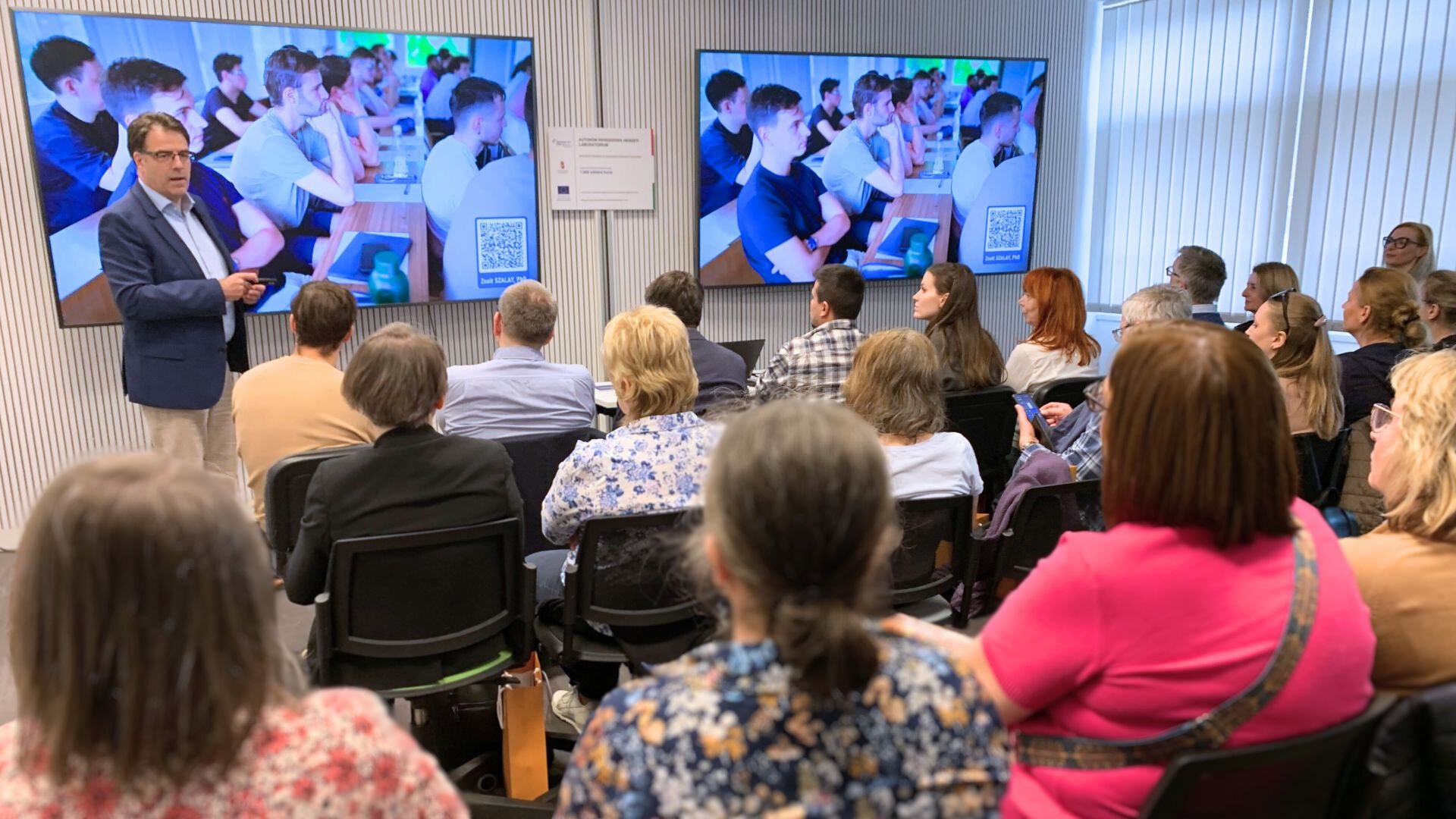
Zsolt SZALAY, Ph.D
“I saw two self-driving cars here—I had no idea!”
Vanessa Malmos, a high school teacher, on her biggest surprise:
“I thought self-driving cars were only a theoretical concept in Hungary. Then I found out that the university is testing two such vehicles for research! If I see potential in a student, I now know where to guide them: to Győr or, even better, here to BME. But it wasn’t just the cars that were fascinating—the technical details stuck with me. For example, how sensors communicate with each other at an intersection. I’ll use these examples in my lessons tomorrow to show that physics isn’t abstract—it’s right there on the street.”
Norbert Pollmann, who uses artificial intelligence in his daily work, added:
“It was fascinating to see how broad AI applications are and how we—and our machines—use them in everyday life. Self-driving technology and AI cover such a wide spectrum that every student can find something that interests them. I only had one request at the end: Make the next conference a full-day event! I could have listened to the experts for hours. Many of our students clearly belong here—this is where they could truly thrive. I want every kid to realize that knowledge isn’t hidden in books but right here in the real world.”
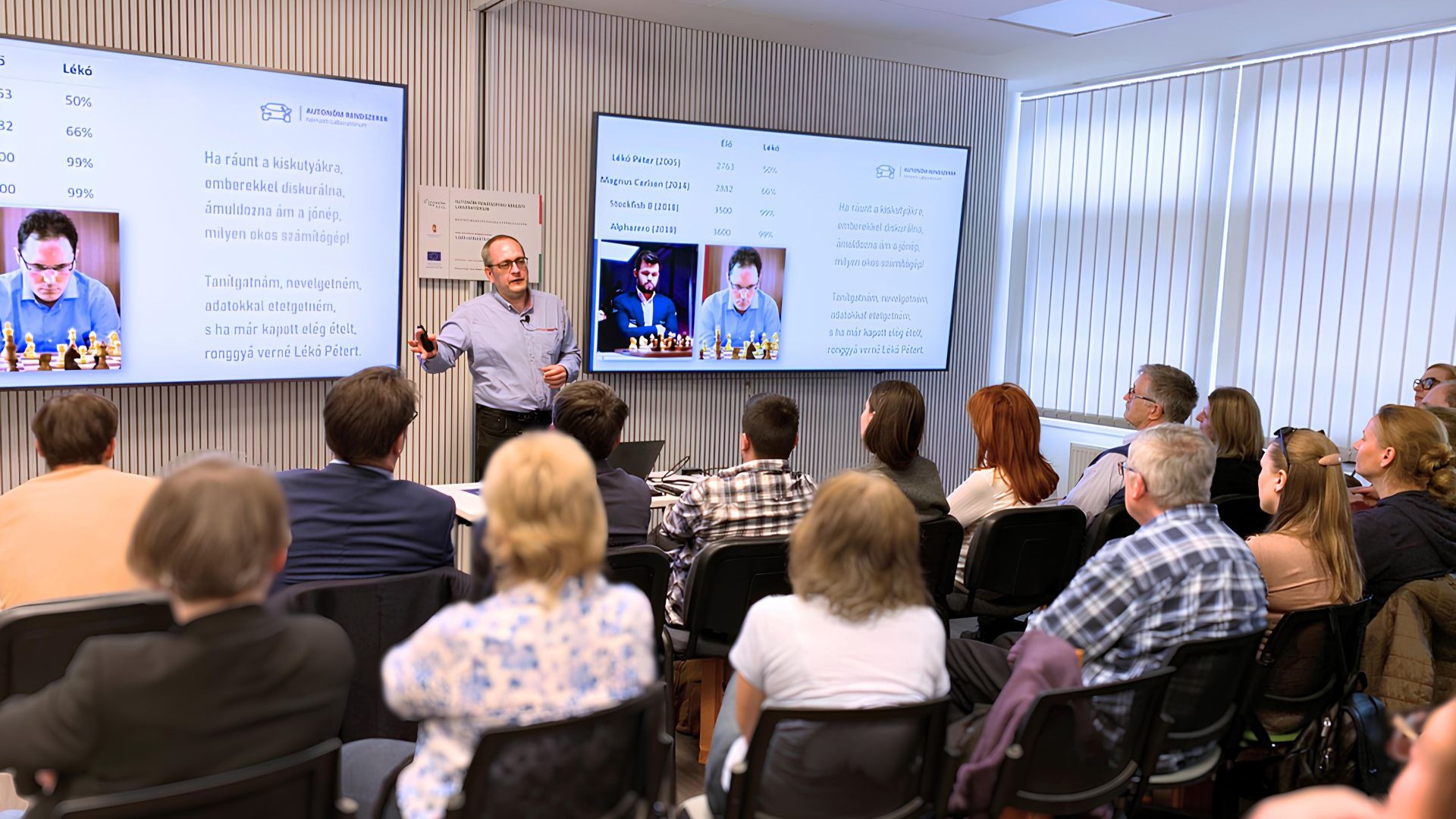
Tamás Bécsi, Ph.D
Ambassadors of Physics: “It’s Not Enough to Show a Ball Rolling Down a Slope”
Beáta Baracsi Kónyáné, a math and physics teacher, on the importance of practical examples:
“The lecture on self-driving cars was perfect for demonstrating that math and physics aren’t abstract theories. If we connect lessons to reality—like how a Tesla uses motion equations—students start understanding why they’re learning this. Now I know where technology stands, and I can pass that on. The trick is to present math not as numbers but as a tool that creates everyday wonders.”
Another physics teacher added:
“Today’s kids are interested in Teslas, money, and cars. The trick is not to scare them away with formulas but to show them that math and physics make these wonders possible. For example, when I explain how a self-driving car calculates braking distance, students suddenly understand why they learned motion equations.”
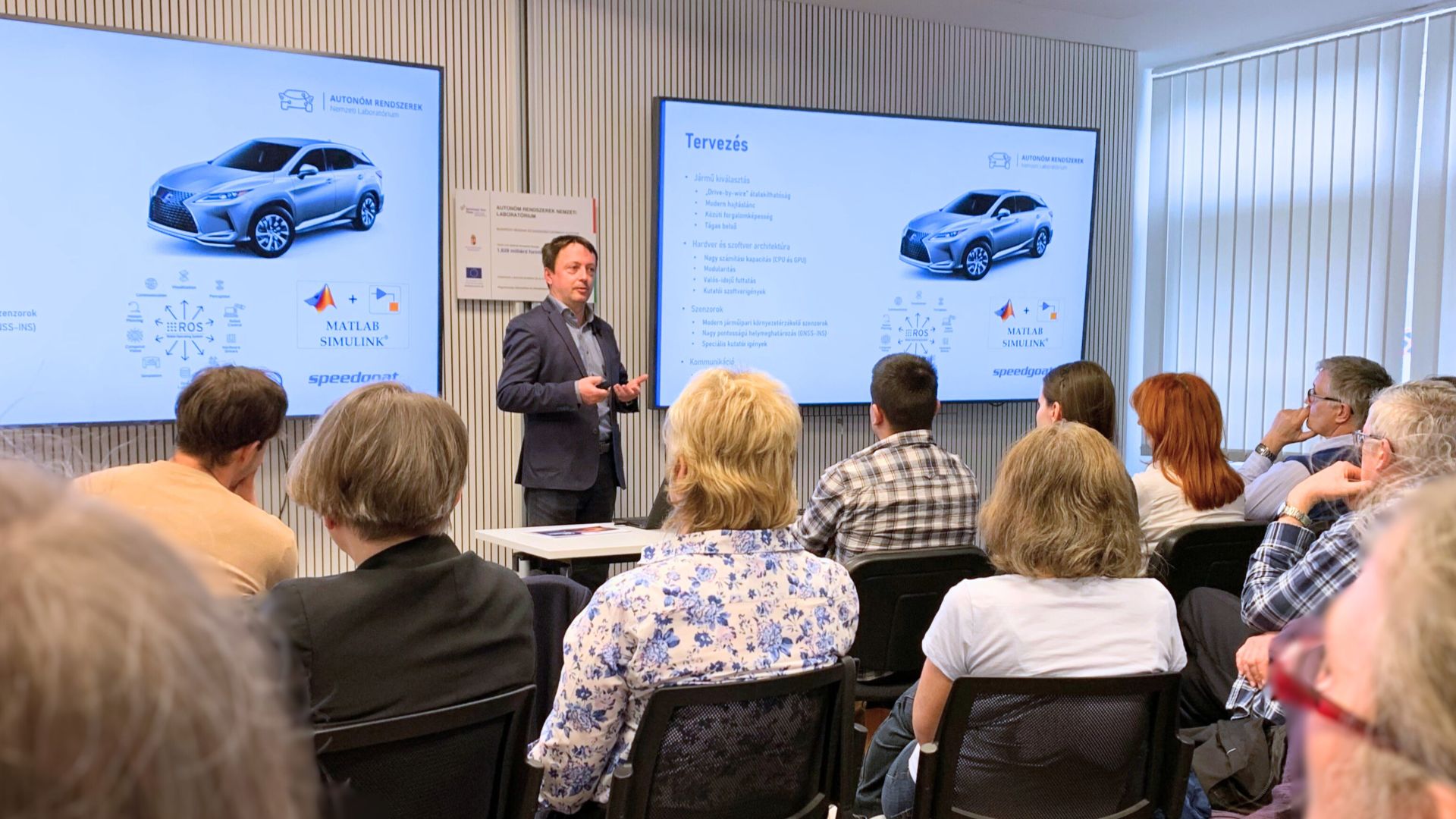
Szilárd Aradi, Ph.D
“LIDAR Scanners? I’d Never Heard of That!” – New Technologies, New Opportunities
Márta Szabó, a robotics club leader and math/digital culture teacher, was enthusiastic:
“This was the first time I heard the details of LIDAR technology. It’s incredible how precise this device is at collecting data! I’ll share this knowledge with my students tomorrow. But it wasn’t just the tech that mattered. Listening to BME’s experts made it clear: robotics isn’t just programming—it’s vehicle dynamics and mechanics too. That’s what I want to show my students.”
Ottó Motesiczki, a high school teacher from Esztergom, on the practical approach:
“Students love technology, but university life can seem distant. Here, we saw labs, researchers, and real projects up close. Events like Researchers’ Night and this one make this world accessible. Now I won’t just list degree programs—I can show my students photos of prototypes developed at BME.”
“A Teacher Knowing More Is Never a Bad Thing” – Motivation for Everyday Teaching
Renáta László, a math teacher from Transylvania spending a sabbatical in Budapest:
“I came from Szilágy and am on unpaid leave for a year in Budapest. I’m interested in anything that can motivate students—especially the extra opportunities here compared to rural areas or Transylvania. That’s my most important benchmark. High schoolers get a peek into university life before deciding their future. That’s priceless. When I return to Transylvania, my lessons will be richer with the experiences from BME.”
Anikó Sauer, a math teacher, admitted with a laugh:
“I’m just a regular math teacher—but here, I learned how to connect equations with AI. I’ve already invited the lecturers to a career day! The students will love it. Now it’s much easier to show them that math isn’t abstract—it’s part of everyday life.”
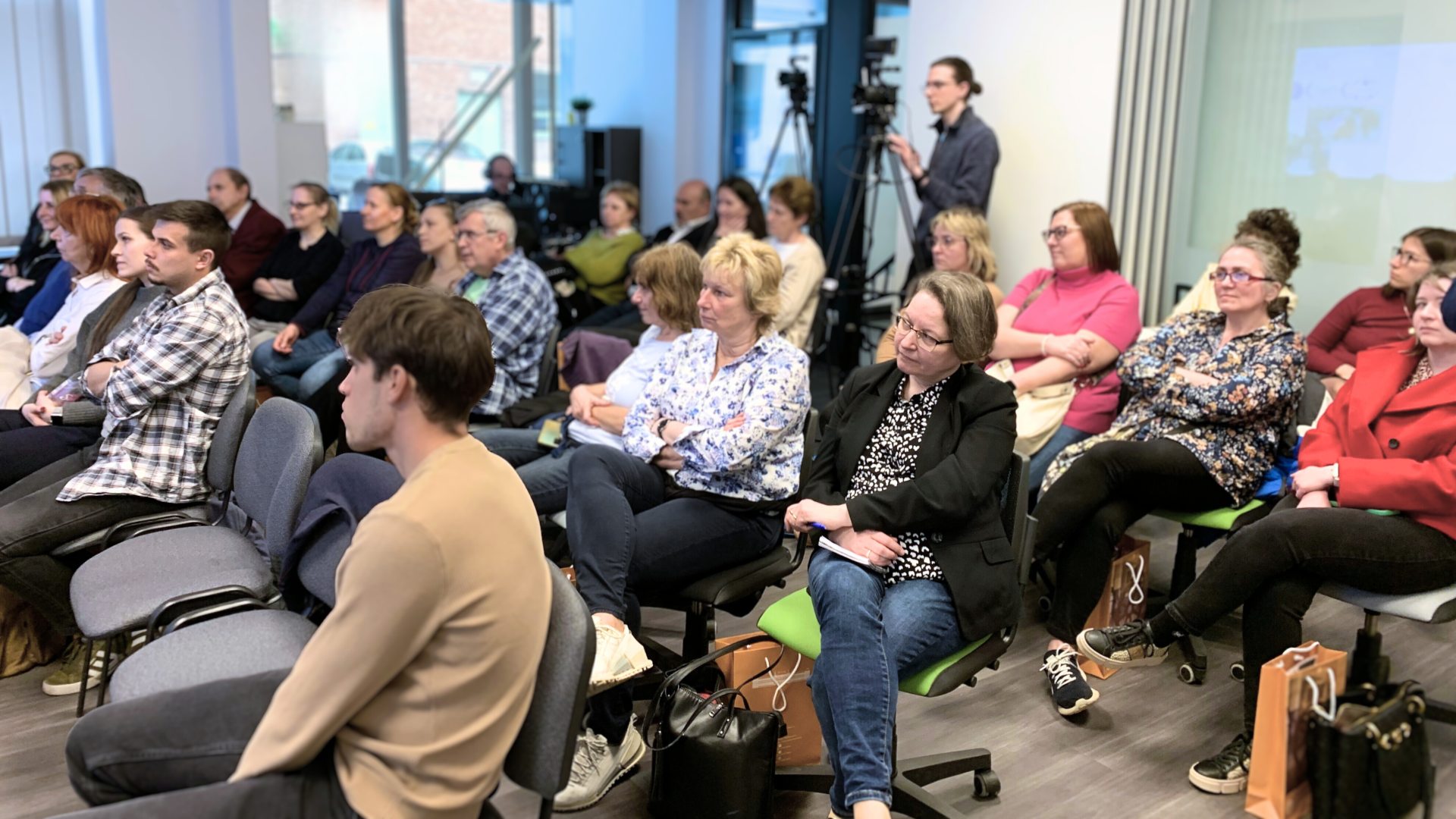
“Don’t Just Teach Theory—Show the Practice!”
Csaba Dani, a physics teacher from Budapest, dreams of the future:
“Many of my students want to be vehicle engineers. Now I know why: here, I saw technology in motion. I’ll definitely recommend quiz competitions and TDK (Student Research Conference)—these connections fuel students’ ambitions. But the most important takeaway was tangible examples, like the software researchers showed us that simulates traffic in real time.”
Andrea Palágyi, a high school teacher, summarized:
“I’m open to new technologies and try to pass them on to my students. Today’s program helped me better understand the background of self-driving tech. It’s crucial for kids to experience such programs firsthand—my own daughter chose mechanical engineering after an open day.”
“We Felt a Gap—But Now We Return Inspired”
The closing words came from Márta Sóberné Kozma, a high school teacher:
“I felt like this ship had sailed without us—but today, I saw we still have a chance to connect with the future. When I go back, I’ll definitely highlight these opportunities for my students: international collaborations, industry partnerships, and the fact that knowledge isn’t just theory but practice. If we can show this, we can bring technology closer to them. I’m already thinking about how much I can bring to my school—but first, I need to organize this knowledge. Tomorrow, I’ll definitely teach differently.”
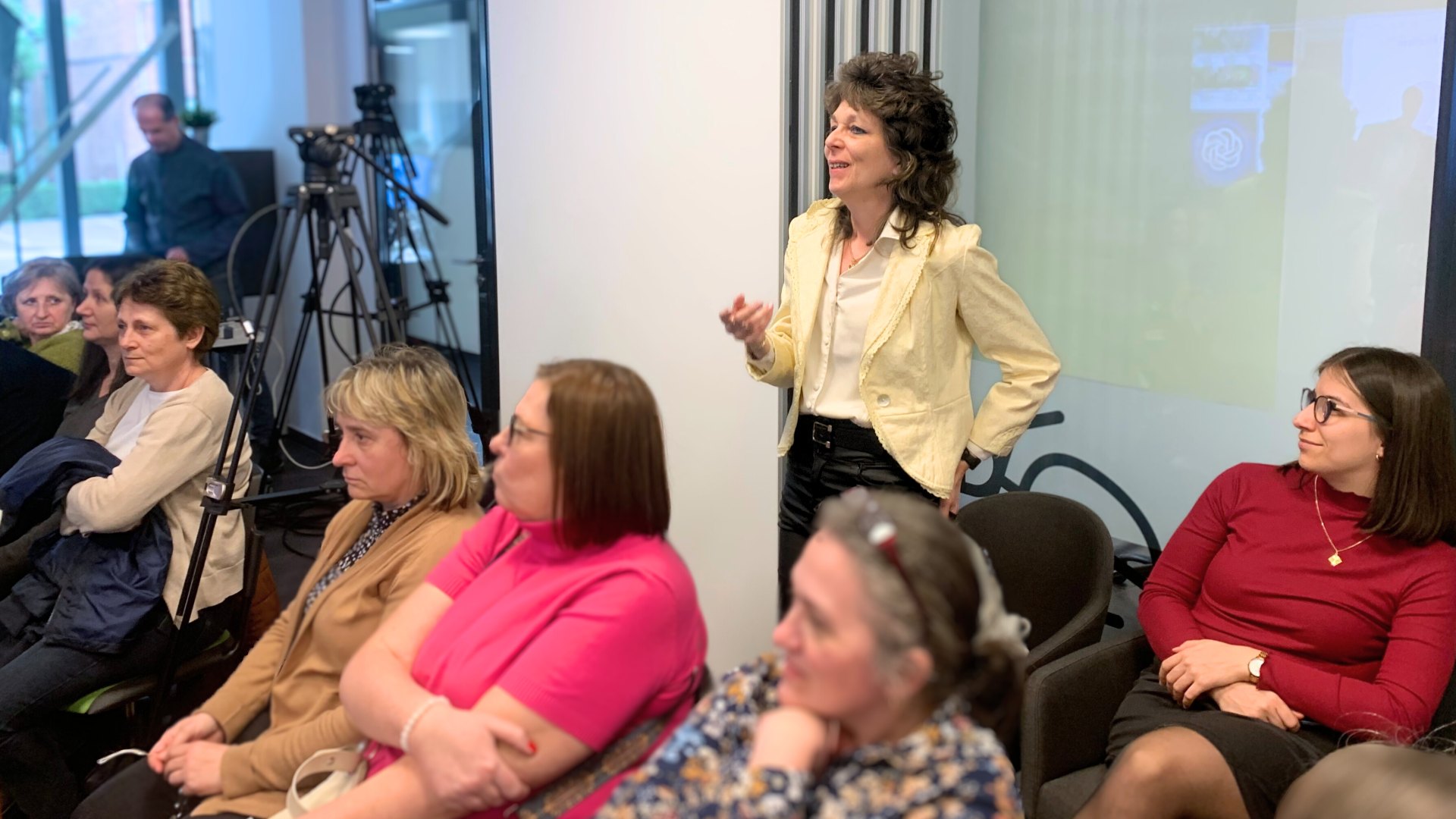 Final Thoughts: “This Was More Than Just Knowledge Transfer”
Final Thoughts: “This Was More Than Just Knowledge Transfer”
BME’s event was ultimately about bridging the gap between curriculum and the real world. The participating teachers unanimously emphasized that such hands-on experiences are essential to making science come alive for students.
“Thank you for showing us that teaching isn’t a theoretical monologue but a dialogue with the future,” said one participant. The feedback made it clear: for them, this day wasn’t just professional development—it was renewed inspiration. As one teacher put it: “Today, I learned that even the most abstract formulas become tangible when tied to real-world problems.”
And so, the story closes with a simple truth: “The greatest secret of good education is always taking one step closer to bringing students into the world—and today, we took that step together.”
***
The event was supported by the Hungarian Government and the European Union in the framework of the National Laboratory for Autonomous Systems (RRF-2.3.1-21-2022-00002).
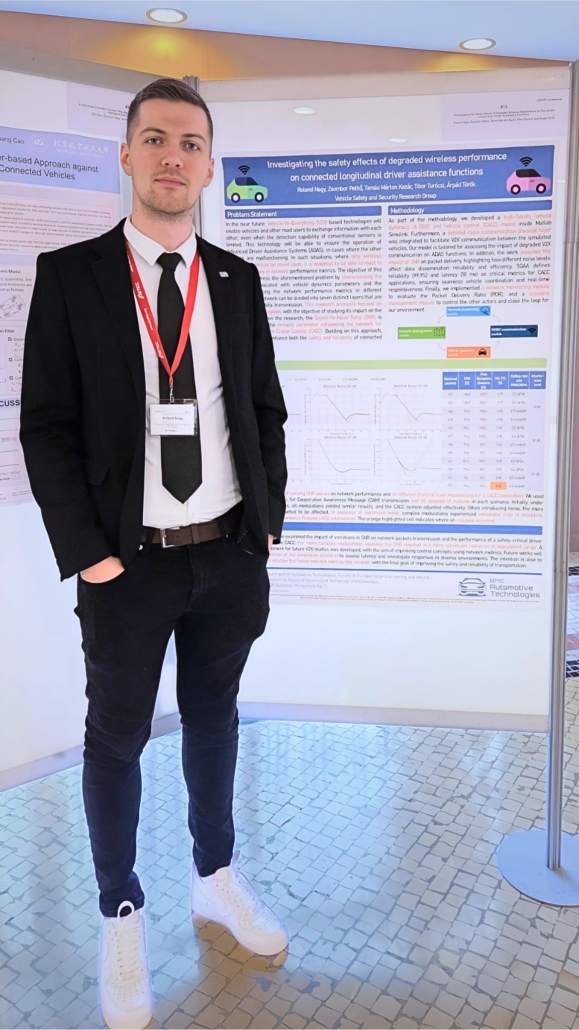




 Final Thoughts: “This Was More Than Just Knowledge Transfer”
Final Thoughts: “This Was More Than Just Knowledge Transfer”